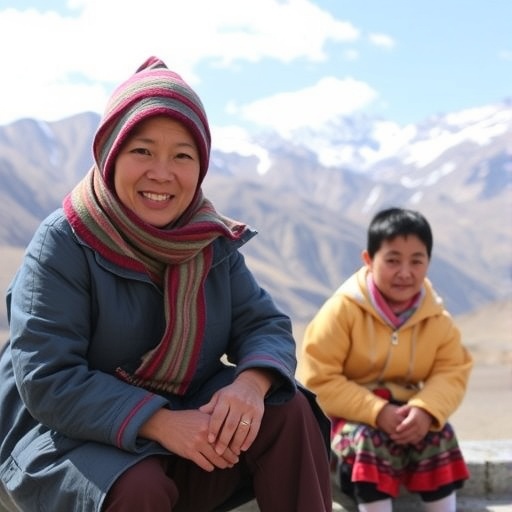Newborns with congenital cytomegalovirus (CMV) — a common virus in the herpes family — may have an increased risk of developing acute lymphocytic leukemia (ALL), according to new research published online today in Blood, the Journal of the American Society of Hematology (ASH). The study suggests the risk is even greater in Hispanic children.
Although it has long been suspected that infection plays a role in childhood ALL, the most common form of childhood leukemia, this is the first time researchers have tracked ALL back to a specific virus.
Researchers first identified all known infections present in the bone marrow of 127 children diagnosed with ALL and 38 children diagnosed with acute myeloid leukemia (AML). A state-of-the-art assay screened samples for all known viruses. They detected CMV DNA in the bone marrow samples from children with ALL but rarely in those with AML.
Next, the scientists used an ultra-sensitive digital droplet screen to examine newborn blood samples for CMV from 268 children who went on to develop ALL. They compared the samples with healthy children (270). ALL typically develops in children between the ages of two and six.
"Our goal in tracking CMV back from the time of diagnosis to the womb was to establish that this infection occurred well before initiation of disease," said lead study author Stephen Francis, PhD, assistant professor of epidemiology at the University of Nevada and University of California, San Francisco. Study collaborators also included investigators at the University of California, Berkeley, where the California Childhood Leukemia Study — through which investigators obtained the bone marrow samples — is based.
The study shows that children who went on to develop ALL are 3.71 times more likely to be CMV-positive at birth. Moreover, stratification by Hispanic ethnicity shows a 5.9-fold increased risk of ALL in Hispanics infected perinatally with CMV. This is important because Hispanics are at the highest risk for developing ALL.
"If it's truly that in utero CMV is one of the initiating events in the development of childhood leukemia, then control of the virus has the potential to be a prevention target," Dr. Francis said. "That's the real take-home message."
Up to 80 percent of Americans are infected with CMV. The virus is normally dormant, causing few symptoms. But during pregnancy the virus can flare up and be transmitted to the fetus, causing serious consequences such as birth defects and hearing loss in newborns.
While this research is in the early stages, the researchers hope these results will inspire more studies that will validate these findings and lead to the development of a CMV vaccine.
"This is the first step, but if we do end up finding a causal link to the most common childhood cancer, we hope that will light a fire in terms of stopping mother-to-child transmission of CMV," Dr. Francis said.
###
Blood, the most cited peer-reviewed publication in the field of hematology, is available weekly in print and online. Blood is the official journal of the American Society of Hematology (ASH), the world's largest professional society concerned with the causes and treatment of blood disorders.
ASH's mission is to further the understanding, diagnosis, treatment, and prevention of disorders affecting blood, bone marrow, and the immunologic, hemostatic, and vascular systems by promoting research, clinical care, education, training, and advocacy in hematology.
blood® is a registered trademark of the American Society of Hematology.
Media Contact
Stephen Fitzmaurice
[email protected]
202-552-4927
@Bloodjournal
http://www.hematology.org
############
Story Source: Materials provided by Scienmag




